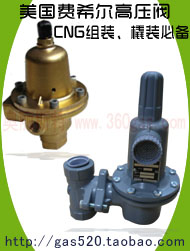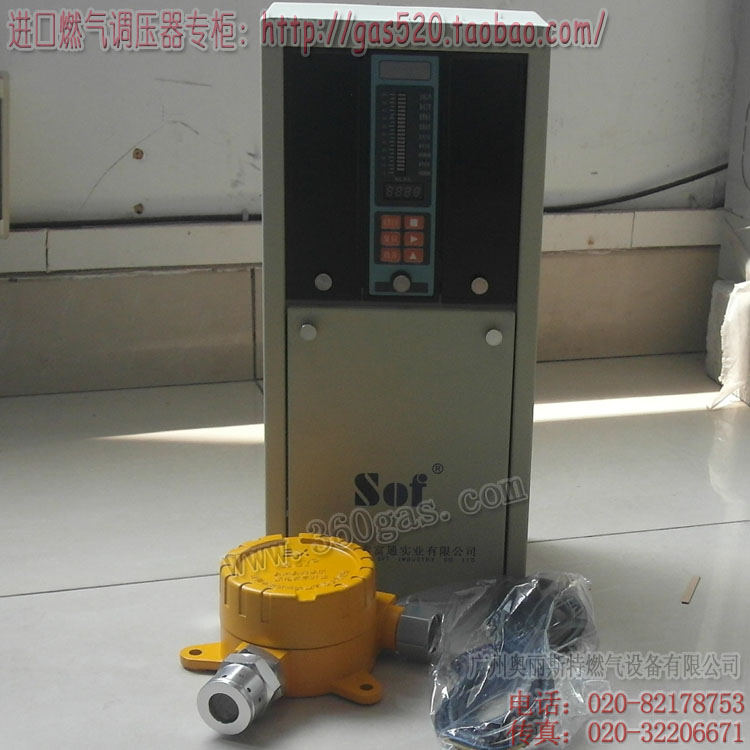位置:首页 > 燃气资讯 > GE Marine and DSIC
GE Marine and DSIC Receive LR AiP for Gas Turbine-powered LNG Carrier Design
浏览次数 702 , 日期 2014-09-20 , 燃气设备 加入收藏
GE Marine and Dalian Shipbuilding Industry Company (DSIC) have received Approval in Principle (AiP) for their jointly developed gas turbine-powered LNG carrier design. The AiP, issued by Lloyd’s Register, was sought for this LNG carrier since this is an innovative and novel concept not covered by traditional classification rules.杂质过滤器,70631/1B过滤器,过滤棉
It was late 2013 when the three companies initially announced the gas turbine LNG design and then swiftly set out to obtain AiP. According to Brien Bolsinger, Vice President, Marine Operations, GE Marine, “With AiP in hand, we can now move into the final vessel design for construction and customers can feel confident in procuring a gas turbine-powered LNG carrier.”
This unique LNG carrier design will afford customers lower life cycle cost, better environmental performance and a high level of reliability. Employing GE Marine’s gas turbines will allow this LNG carrier to meet increasingly stringent worldwide environmental regulations, while providing owners and operators reduced operating expenses.
“We are pleased to see that GE/DSIC/Lloyd’s Register design team has made milestone progress on this project. We continue to optimize the LNG carrier design to provide customers with a reliable, environmental, and efficient solution,” said Mr. Yang Weizan, LNGC Technical Leader from DSIC.
According to Dr. Maogen Xue, Greater China Marine Manager, Lloyd’s Register, “Through the collective experience of GE, DSIC and Lloyd’s Register, along with our collaborative approach to technical challenges, we already have demonstrated that the concept of the COGES propulsion system can be successfully implemented for commercial LNG carrier applications.”
“Lloyd’s Register’s AiP of the DSIC/GE-designed COGES LNG carrier marks another successful case for joint collaboration with key marine industry players to adapt new innovative ideas and technologies. We are confident that this propulsion concept, approved by risk-based approaches, can deliver highly competitive through-life benefits and environmental performance to ship operators,” Xue added.
COGES Arrangement
It is envisioned that the initial LNG carrier design will be built around a GE gas turbine-based COGES (COmbined Gas turbine Electric and Steam) system that will feature one 30-megawatt gas turbine generator set and one steam turbine generator-set for power production. The carrier will allow for flexible configuration of prime movers, offering a total installed power of 32 MW to more than 50 MW, including back-up, if required.
The GE gas turbines can be equipped with a GE Dry Low Emissions (DLE) or single annular combustion system – both capable of meeting Tier III IMO/Tier 4 United States Environmental Protection Agency requirements now, operating on gas or liquid fuel, with no exhaust treatment and no methane slip.
Additional benefits to using GE Marine gas turbines for LNG carriers include:
Low emissions
Fuel flexibility
Reduced maintenance costs
Increased availability
Reliability
It was late 2013 when the three companies initially announced the gas turbine LNG design and then swiftly set out to obtain AiP. According to Brien Bolsinger, Vice President, Marine Operations, GE Marine, “With AiP in hand, we can now move into the final vessel design for construction and customers can feel confident in procuring a gas turbine-powered LNG carrier.”
This unique LNG carrier design will afford customers lower life cycle cost, better environmental performance and a high level of reliability. Employing GE Marine’s gas turbines will allow this LNG carrier to meet increasingly stringent worldwide environmental regulations, while providing owners and operators reduced operating expenses.
“We are pleased to see that GE/DSIC/Lloyd’s Register design team has made milestone progress on this project. We continue to optimize the LNG carrier design to provide customers with a reliable, environmental, and efficient solution,” said Mr. Yang Weizan, LNGC Technical Leader from DSIC.
According to Dr. Maogen Xue, Greater China Marine Manager, Lloyd’s Register, “Through the collective experience of GE, DSIC and Lloyd’s Register, along with our collaborative approach to technical challenges, we already have demonstrated that the concept of the COGES propulsion system can be successfully implemented for commercial LNG carrier applications.”
“Lloyd’s Register’s AiP of the DSIC/GE-designed COGES LNG carrier marks another successful case for joint collaboration with key marine industry players to adapt new innovative ideas and technologies. We are confident that this propulsion concept, approved by risk-based approaches, can deliver highly competitive through-life benefits and environmental performance to ship operators,” Xue added.
COGES Arrangement
It is envisioned that the initial LNG carrier design will be built around a GE gas turbine-based COGES (COmbined Gas turbine Electric and Steam) system that will feature one 30-megawatt gas turbine generator set and one steam turbine generator-set for power production. The carrier will allow for flexible configuration of prime movers, offering a total installed power of 32 MW to more than 50 MW, including back-up, if required.
The GE gas turbines can be equipped with a GE Dry Low Emissions (DLE) or single annular combustion system – both capable of meeting Tier III IMO/Tier 4 United States Environmental Protection Agency requirements now, operating on gas or liquid fuel, with no exhaust treatment and no methane slip.
Additional benefits to using GE Marine gas turbines for LNG carriers include:
Low emissions
Fuel flexibility
Reduced maintenance costs
Increased availability
Reliability








